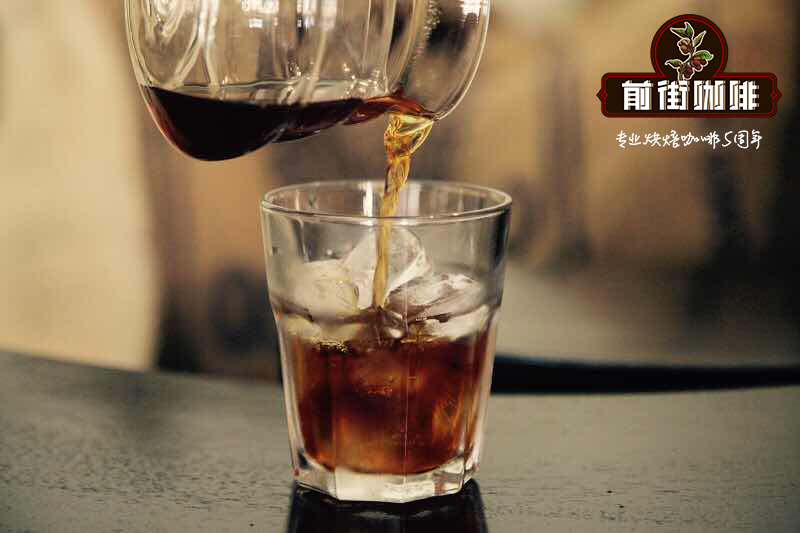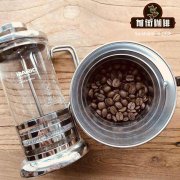What are the names and classifications of coffee beans? Where is the source? What is the name of Mocha?

Professional coffee knowledge exchange more coffee bean information please follow the coffee workshop (Wechat official account cafe_style)
What are the names and classifications of coffee beans? Where is the source? What is the name of Mocha?
Representation of names and specifications
Country name and place name:
Indicates the country and region of origin of coffee. For example, it is marked "Ethiopia." Hara "means it is produced in Hara, Ethiopia. It must be noted that even coffee produced in the same place of origin will have different quality depending on region and year. Although the origin is the same, the taste of coffee may not be the same, which is a standard for selection.
Name of port of export: Mocha
The route of transportation can be known from the name of the port of exit marked. Coffee from the same origin or the same brand has a certain route, so it is also exported from the same port. For example, the label is "Brazil. Santos", it means that this is coffee exported from Santos, with the exception of those marked "Mocha". Some of the caffeine produced by Yemen is still named Mocha (Mocha. Matali) after leaving the abandoned port. In addition, the coffee produced in Ethiopia is also known as "Haramoka".
Original species name, variety name: mocha
Only coffee produced in countries such as Arabia will be omitted, but if Arabica and Robusta seeds are shipped, they will be marked with the variety name under the country name. Such as: "Camelon Arabica", "Uchanda Robsta" and so on. In addition, there are signs of Mendonobo, Bloomeng and other variety names.
Mountain name:
Blue Mountain (Jamaica), Jiayu Mountain (Indonesia), Mount Clarke (Costa rica), Mount Kilimanjaro (Cuba), Mount Kilimanjaro (Tanzania), Mavindohagen (Papua New Guinea) are all famous brands.
Grade, specification:
At present, each producing country has its own independent standards. The most commonly adopted criteria are as follows:
A washing / non-washing
B flat beans / round beans
C filter (size of coffee beans)
Most countries, such as Brazil, Colombia, Tanzania and so on, adopt C classification. Although there may not be an absolute relationship between the size and quality of coffee beans, it can make the size of raw coffee beans the same.
D classified by elevation
According to the elevation of the cultivated land, it can be divided into three, four, seven and other grades (different national standards). For example, Mexico and Honduras adopt three grades, while Guatemala adopts seven grades. Generally speaking, the quality of highland beans is better than that of lowland beans, and the price is higher because of the increase in freight.
E quality type
The type and quantity of admixtures (defective beans) contained in a quantity of samples are converted into "defective number", and a certain sum is taken as the basis for determining the type of quality. Brazil, Ethiopia, Cuba, Peru and other countries all have benchmarks for the number of defects, and the smaller the value, the better.
F set specifications according to taste
Brazil, Haiti, Kenya, say and other countries have their own tests before they can be exported.
Name of the exporter:
Indicates the ship exporting coffee beans, the name of the exporter, etc.
Check the raw coffee beans by hand
It is also very important to refer to the markings of origin and specifications and touch them directly with your hands to observe their appearance and feeling. To judge the quality of raw coffee beans by their appearance, you must have a certain degree of experience, but as long as the type is certain, you will be able to handle it easily.
Color: spotless, light green just bright, for the beautiful color of coffee beans, which is also related to the harvest.
Shape: use coffee beans of the same size to avoid deformed beans and remove them even if there is a small amount of them.
Incense: raw coffee beans have a unique bright green, which does not necessarily mean that they have a good taste, but can be proved to be fresh agricultural products. In addition to the original fragrance, it should also be noted that it may be contaminated with other peculiar smells (such as fermentation, mildew, medicinal smell, fishy smell, etc.).
Defective beans: such as moth-eaten coffee beans, immature, fermented, shell beans, chopped beans, etc., can be inspected by the appearance.
Important Notice :
前街咖啡 FrontStreet Coffee has moved to new addredd:
FrontStreet Coffee Address: 315,Donghua East Road,GuangZhou
Tel:020 38364473
- Prev

The history of mocha coffee beans? How many meanings does mocha have? What kind of mocha is it?
Professional coffee knowledge exchange more coffee bean information please follow the coffee workshop (Wechat official account cafe_style) mocha coffee bean history? Mocha originally refers to beans transported by the Arab port of Mocha, located in the countries of Yemen on the Arabian Peninsula. Today's pure and rare Yemeni mocha is rare. The pure mocha is rare and expensive, rich and mellow in flavor.
- Next

What is the flavor of SL-34 coffee? What are the advantages and characteristics?
Professional coffee knowledge exchange more coffee bean information please follow the coffee workshop (Wechat official account cafe_style) what is the flavor of SL-34 coffee? What are the advantages and characteristics? Tree type: high heart leaf: dark copper bean grain size: large suitable planting height: North latitude to south latitude 5: more than 1200 m north latitude and south latitude 515: 900m north latitude 15 and south latitude 1
Related
- Detailed explanation of Jadeite planting Land in Panamanian Jadeite Manor introduction to the grading system of Jadeite competitive bidding, Red bid, Green bid and Rose Summer
- Story of Coffee planting in Brenka region of Costa Rica Stonehenge Manor anaerobic heavy honey treatment of flavor mouth
- What's on the barrel of Blue Mountain Coffee beans?
- Can American coffee also pull flowers? How to use hot American style to pull out a good-looking pattern?
- Can you make a cold extract with coffee beans? What is the right proportion for cold-extracted coffee formula?
- Indonesian PWN Gold Mandrine Coffee Origin Features Flavor How to Chong? Mandolin coffee is American.
- A brief introduction to the flavor characteristics of Brazilian yellow bourbon coffee beans
- What is the effect of different water quality on the flavor of cold-extracted coffee? What kind of water is best for brewing coffee?
- Why do you think of Rose Summer whenever you mention Panamanian coffee?
- Introduction to the characteristics of authentic blue mountain coffee bean producing areas? What is the CIB Coffee Authority in Jamaica?

